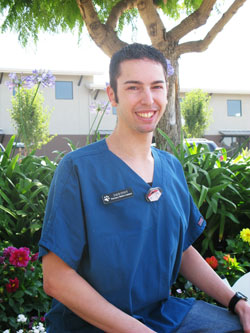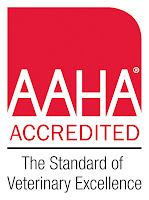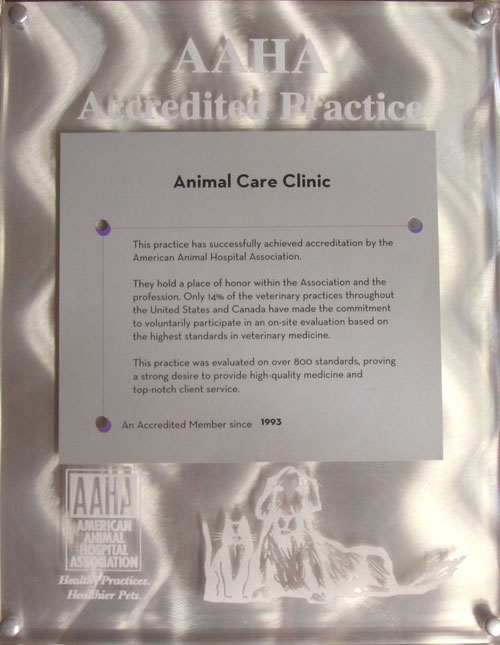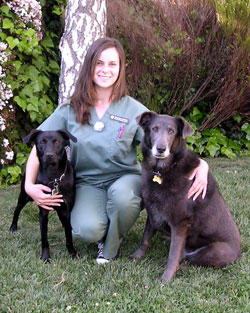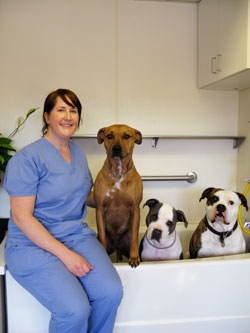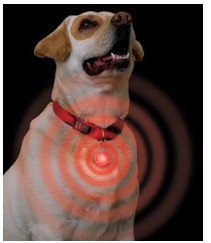By Bonnie Markoff, DVM, ABVP
My travels to Zambia this year involved renewing friendships, helping with teaching elementary students, assisting in a small animal practice, and enjoying a wonderful safari in the South Luangwa Valley.

My friend Barbara had been asked to return to Lusaka to continue training the teachers at the American International School. It was fun to spend time with the teachers we had met last year. One of them even let me drive her car to church one Sunday (opposite side if the road and just a little different “rules of the road” than here at home!) One day I was called to a classroom for a veterinary concern. Some young African boys who traditionally believed that owls were bad luck, had shot a baby owl with a slingshot. One of our students had brought him to school. After I anesthetized the owl, I determined his injuries were too severe for him to survive and thus euthanized him. This gave me the opportunity to talk to the entire 3rd grade class about animals, superstitions and euthanasia. I was also privileged to get to visit a school on the outskirts of town. The Makwashi school is more typical of the schools that native black children attend. These children stayed after school just for the opportunity to have Barbara teach them math!
 |
| Kids at Makwashi School |
Most of my time was spent with Alison, a native Zambian veterinarian who I met last year. It is such a joy to ride in her truck as she drives around Lusaka to various ranches to treat horse and other livestock. I can’t think of a better way to met the people of a country and see the countryside. I had the opportunity to mentor some younger veterinarians at her practice, to teach ultrasound and to work with Alison on some practice management techniques. She and I will be communicating by e-mail to help her to set up a smoother running, more efficient practice that can better serve her patients, clients, employees and herself.

The last 3 days of our trip were spent on safari. We stayed at a lovely lodge alongside a watering hole where puku, baboons, warthogs, impala, hippos, elephants and giraffe could be seen as we ate our meals. Each morning at 5 am we were awakened by African drums, ate a light meal and then headed out in the Land Rovers to see the animals at sunrise. We would return to the lodge for lunch and a siesta (which was tough when it was so hot!) and then we were back out in “Landies” at about 4:00. We would stay out to 8pm so we could do night safaris and see the nocturnal species. We have wonderful photos of lions, leopards, many types of antelope, porcupines, mongoose, hyena, water buffaloes and more.
I am so grateful to get to go on these wonderful trips. Thank you so much to my staff for being so competent that I can leave the practice without a worry. And thank you to my clients who recognize that every doctor at ACC is equally qualified. And of course, thank you to God for blessing me so richly and allowing me to share what he has taught me all over the world.





